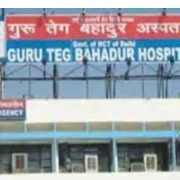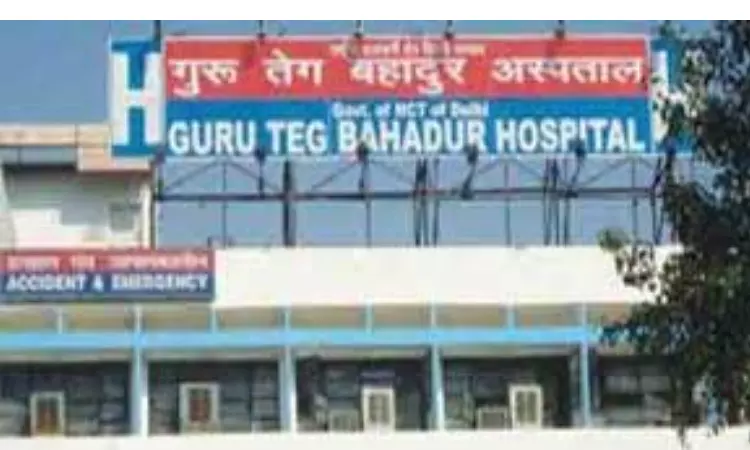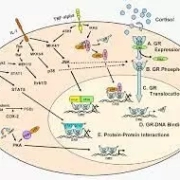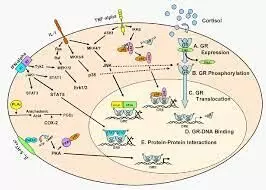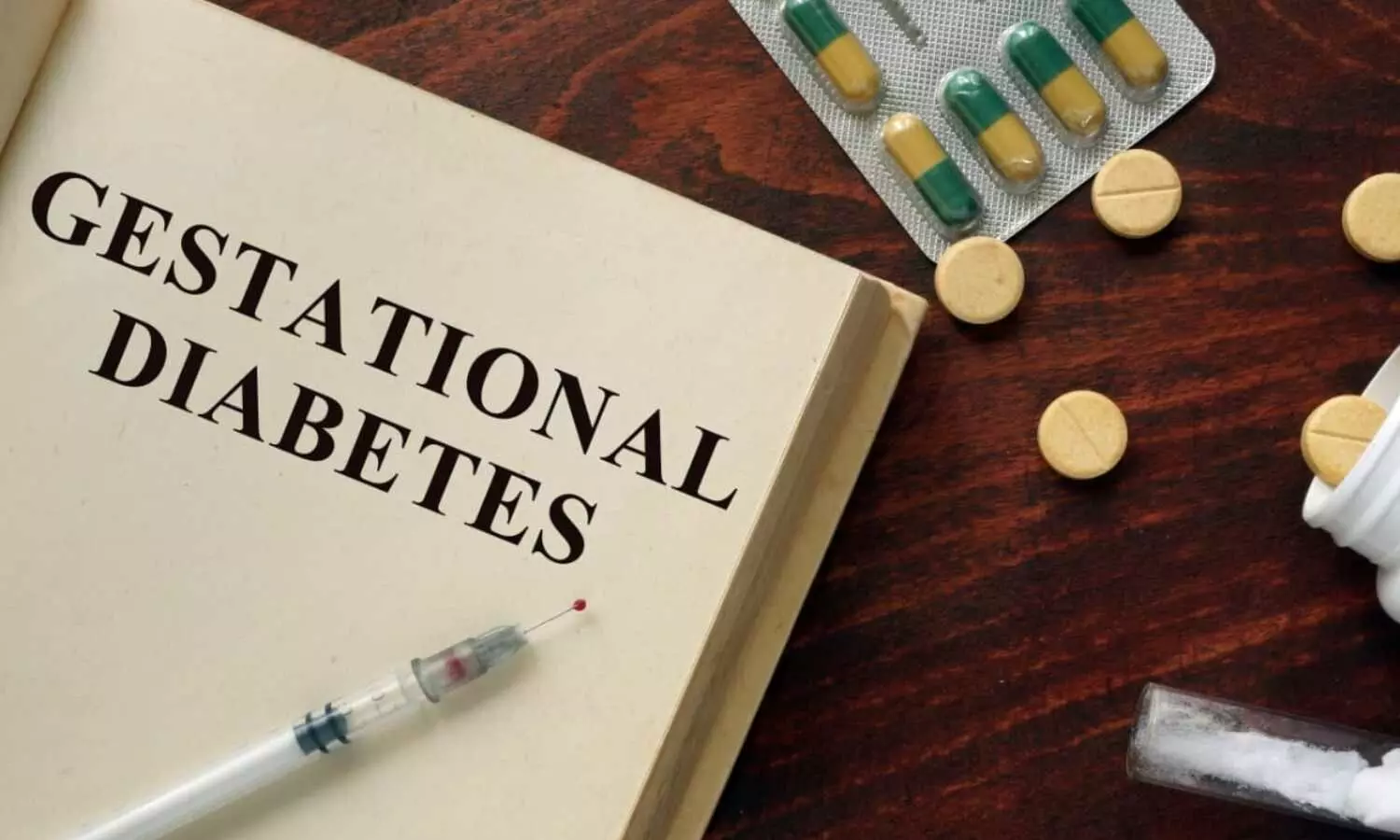The District Commission had directed the facility and the doctors to jointly pay a lump sum compensation of Rs 5 lakhs to the heirs (complainants) of the deceased patient.
The State Commission’s bench comprising of Justice Sangita Dhingra Sehgal, President, and Pinki, Member (judicial) dismissed the appeal filed by GTB Hospital and its doctors challenging the District Commission’s order, and crucially remarked that courts are not experts in the field of medical science and are required to be assisted by experts to form opinion, in order to decide as to whether negligence was committed or not.
The case concerns a man named Singh, who held the role of a senior Mali in the PWD Department under the Government of NCT of Delhi. His work was stationed at G.T.B Hospital in Dilshad Garden, Shahdra. Singh was enrolled in the Delhi Govt. Employees Health Scheme (DGEHS), an initiative for the healthcare of Delhi Government employees. A nominal deduction of Rs 30 per month from his salary was regularly allocated for his subscription to this scheme. Consequently, he was identified as a consumer, a status inherited by his heirs following his death.
In April 2005, Singh noticed an unusual growth in his mouth, reminiscent in size and shape of a pea. Concerned, he sought assistance at GTB Hospital, where he was officially registered for medical treatment. Here, a Central ID No. was assigned to him, guiding him to the ENT Department of the Hospital.
A tissue sample was procured from his mouth for a biopsy by the Hospital. However, despite this step, an accurate diagnosis was delayed by an entire month, ultimately confirming that he was grappling with “Squamous Cell Carcinoma (Oral Cavity Cancer)” on the left side of his mouth. The initial tumor size was a mere square centimeter, but alleged negligent and careless treatment by the hospital led to a worrying increase to 3 square centimeters by July 2005.
In the following months, the patient made multiple visits to the hospital, seeking treatment. However, he alleged to receive no medicine or proper treatment during these visits. The situation escalated to the point where a surgical intervention was planned for the tumor in May 2005. He underwent a pre-operative P.A.C. test, a prerequisite for anesthesia preparation, at the Anesthesia Department of the hospital and was instructed to arrange a unit of blood for the operation, which he promptly organized. However, the operation did not proceed as scheduled, leaving the much-needed treatment elusive.
Amidst this medical uncertainty, the patient revisited, this time guided to a doctor in the Dental Department of the hospital. Despite this referral, the operation failed to materialize. Subsequently, in July 2005, he was referred to L.N.J.P Hospital, Delhi by GTB Hospital for further treatment. Despite subsequent visits to LNJP and other hospitals, the negligence and lack of proper treatment persisted, eventually leading to the death of the patient in February 2007.
In the aftermath, the deceased’s legal heirs (the complainants), filed a consumer complaint with the District Commission alleging negligence and delays in treatment by various medical practitioners, ultimately leading to the patient’s death; and sought a claim amount of Rs. 13 lakhs, Rs 40,000 as compensation for the mental and physical distress, along with litigation costs of Rs. 11,000.
The District Commission reviewed the evidence and passed an order. They considered whether the deceased, a government employee and member of DGEHS, qualified as a consumer under section 2(1)(d) of the Act. They affirmed the deceased’s consumer status based on previous legal interpretations.
The Commission further addressed another critical issue if the deceased’s death resulted from doctors’ negligence. It went through the medical experts’ reports from R.M.L hospital and evidence that indicated that GTB Hospital and the doctor did not provide adequate care and precaution during the deceased’s treatment. Despite the detection of cancer, they pursued tests and treatments for tuberculosis instead of addressing the actual disease. The delay in surgery allowed the tumor to grow, ultimately contributing to the patient’s death. Subsequently, the hospital and the doctor were found negligent.
The Commission awarded a lump sum compensation of Rs 5 lakhs to the complainants, along with additional amounts for mental pain, agony, and litigation costs. The compensation was to be paid by the hospital and the doctors jointly and severally within one month of receiving the order. Failure to comply would incur 6% p.a. interest from the complaint filing date till realization.
Displeased with the District Commission’s verdict, GTB Hospital and the doctors lodged an appeal with the State Commission asserting that the District Commission overlooked the patient’s lackadaisical attitude towards his condition and his disinclination for surgery. They argue that there was no undue delay or any negligence or deficiency on their part. Moreover, they emphasize that the patient was advised to schedule surgery, but he did not. Finally, they contend that the District Commission erred in dismissing the report from the medical expert committee of Safdarjung Hospital and relying solely on the report from RML Hospital, which they claim did not encompass the complete medical history of the deceased.
In response, the complainants asserted that the deceased patient eagerly anticipated his surgery and meticulously adhered to every directive, prescription, and advice provided by the doctors from the hospital. They argue that the doctors at the hospital never advised the patient to ‘schedule’ the surgery; instead, it was the responsibility of the treating doctors at GTB hospital to ‘arrange’ the surgery date for the deceased. Additionally, they claim that the hospital and the doctors unnecessarily prolonged the surgery date without valid justification, allowing the disease to advance to an incurable stage. They further argued that during the 106-day period the patient spent at the Hospital, no cancer-specific treatment was administered, and the patient only developed purulent discharge in his mouth after the hospital’s treating doctors took a biopsy sample (muscle piece) from the patient’s mouth, causing a wound.
After hearing the arguments, the State Commission remarked that the discussion and available records demonstrate the patient’s full compliance with the hospital and the doctor’s instructions. The patient efficiently completed all necessary steps, from PAC to dental extraction and arranging blood, indicating a clear willingness to undergo the operation. There is no doubt about the patient’s readiness for the surgery. It further observed;
“In our opinion, it is highly improbable that any patient suffering from a life-usurping disease like cancer shall assume a casual attitude towards his own treatment. Therefore, the contention of the Appellants (GTB Hospital and the doctors) that the patient was reluctant to undergo surgery and didn’t take his treatment seriously holds no water in light of the material on record.”
The Commission found it baffling why the doctor continuously delayed the surgery without valid reasons. Over the 2-month period, the tumor size increased significantly from 1 sq.cm to 3 sq.cm. Notably, the hospital and the doctors did not administer any cancer-specific treatment, despite knowing cancer is a progressive disease. The prolonged wait for surgery is perplexing, especially when the patient needed radiotherapy, indicating a lack of urgency and clinical judgment. Additionally, the failure to refer the patient to LNJP, if the hospital lacked the necessary resources or expertise, raises questions about appropriate action. It observed;
“We fail to understand as to why the patient was made to wait for an extended period of time for performing surgery in the first place when ultimately the patient was to be referred to another hospital for a completely different modality of treatment i.e. radiotherapy. Such conduct clearly indicates the Appellant’s’ apathetic approach towards the gravity of the ailment and raises a presumption as regards to the failure of treating doctors in clinical judgment and choosing the right course of action in time. We fail to understand that if the Appellant-hospital didn’t have the required facilities or specialized doctors to treat the patient, then why was the patient not referred to LNJP in the first instance.”
The Commission further strengthened its opinion based on the expert medical report of RML Hospital, which concluded as:
“The Committee Members have concluded that the patient was advised surgery and was fit from anaesthesia department on 27/05/05. However, he was not operated upon and referred to LNJP Hospital for Radiotherapy on 18/07/2005. There was definite delay in referring him and crucial time was lost in his repeated visits to oncology clinic GTB Hospital.”
The Commission noted;
“In the present case, the expert medical board constituted at RML hospital clearly opines that the patient was not operated upon in time and there was definite delay in referring, thereby crucial time was wasted in his repeated visits to the Oncology Clinic at the Appellant No.1-hospital. The patient was PAC fit and surgery was planned on 13.05.2005 which means he was fit for surgery, yet inexplicable delays were caused and he was not operated upon. Therefore, it is established beyond doubt that the Appellants have clearly failed to act in a case where time was the essence and made delays which rendered the disease incurable, ultimately resulting in the patient’s death.”
The consumer body also emphasized that the medical record does not indicate any consultation with an Oncologist or Cancer Specialist. This observation is reinforced by reviewing the Directory of officers and employees of GTB Hospital, which confirms the absence of an Oncologist or Cancer Specialist in the hospital.
The Commission focused on the final aspect to consider, whether the District Commission erred in disregarding the Safdarjung Hospital Medical Board’s opinion. The board, led by Dr. J.S. Bhatia, stated that from April 6, 2005, to June 16, 2005, the patient underwent diagnosis, staging, and obtained PAC clearance after ruling out co-morbid conditions. However, from June 20, 2005, to July 15, 2005 (25 days), the patient did not report to doctors. Cancer being a progressive disease, by July 18, 2005, the disease had progressed, leading to a change in the treatment approach from surgery to radiotherapy. The board affirmed that there was no negligence at any stage in the management of the case.
However, the State Commission disagreed with the same, and observed that;
“On a combined analysis of the abovementioned shortcomings during the treatment and the negligence culled out by the District Commission through the impugned judgment, we are of the opinion that such recurrent negligent conduct is against medical ethics and is intolerable in light of the casual attitude of the treating doctors towards the patient. Also, the members of the Expert Panel of Safdarjung Hospital have ostensibly turned a blind eye towards such conduct of the Appellants (GTB Hospital and its doctors) and have remarked “no medical negligence” in their report, which is not tenable in the eyes of law. Such opinion prima facie appears to be baseless and biased in as much as no details pertaining to the aforementioned misconduct have been taken into consideration nor any thoughtful deliberations have been recorded in this regard. As such, we find no reason as to why would the District Commission not be perturbed by such glaring irregularity that reeks of connivance on part of the expert panel and treating doctors, at the time when the District Commission required medical expertise in the form of valuable inputs for deciding the present case.”
“It is pertinent to remark that Courts are not experts in the field of medical science and are required to be assisted by experts to form opinion, in order to decide as to whether negligence was committed or not. Therefore, expert opinion is crucial for the adjudicating court to decide the matter, but in the present case, the opinion of the experts was an attempt to mislead the court and therefore, reliance upon the same could have resulted into gross injustice towards the Respondents (the heirs/complainants).”
Subsequently, the State Commission affirmed the District Commission’s decision and found no fault in the impugned order. Therefore, dismissing the appeal filed by GTB Hospital and its doctors with no costs awarded.
To view the original order, click on the link below:







